Documents
The Documents section of the Center for Analysis and Monitoring of Stunting contains grey literature, including technical reports, theses, institutional documents and materials not published in indexed journals or commercially. These resources provide valuable and practical information on stunting and its determinants..

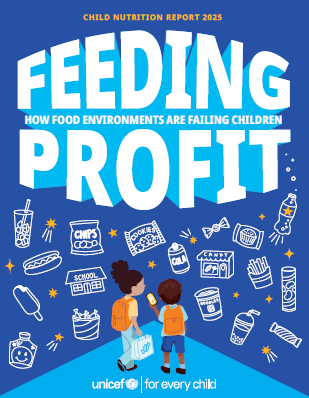
Child Nutrition Report 2025: Feeding Profit. How food environments are failing children - Feeding Profit: How food environments are failing children - Child Nutrition Report 2025.
This report by Unicef shows the global food environments that affect children and adolescents: while overweight and obesity are growing rapidly, even in countries that still have problems of malnutrition, ultra-processed foods and sugary drinks are flooding markets, schools and social networks. Unicef proposes a roadmap with urgent legal measures - such as marketing restrictions, clear labeling, appropriate taxation and subsidies for nutritious foods - to build food environments that protect children's right to healthy and accessible nutrition.
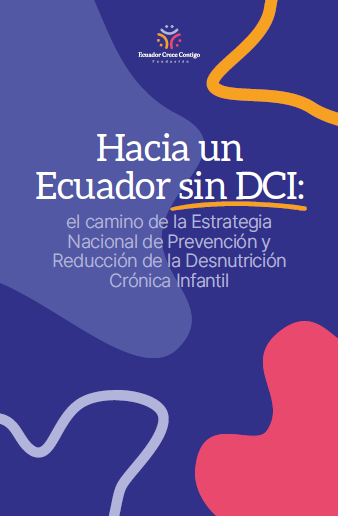
Towards an Ecuador without Stunting: the path of the National Strategy for the Prevention and Reduction of Stunting
Hacia un Ecuador sin DCI narrates the path taken to build and implement the National Strategy for the Prevention and Reduction of Chronic Childhood Undernutrition (ENECSDI). The book, prepared by Fundación Ecuador Crece Contigo, reviews the history of public policies in Ecuador, the initial challenges and the progress achieved, highlighting the importance of intersectoral coordination, the prioritized package for pregnant women and children under 2 years of age, and the first results showing a significant reduction in CID.
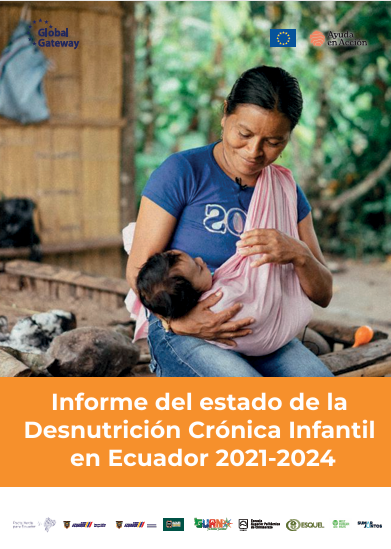
The report covers the period 2021-2024, from the formulation of the ENECSDI to the presentation of the second round of results of the National Survey on Child Malnutrition (ENDI). It synthesizes the contributions of experts from academia, representatives of civil society organizations, public officials in charge of the issue, representatives of international cooperation agencies and several members of the Consultative Council, who have contributed with their vision and analysis of the magnitude, achievements and challenges of public policy to address and reduce the ICD.
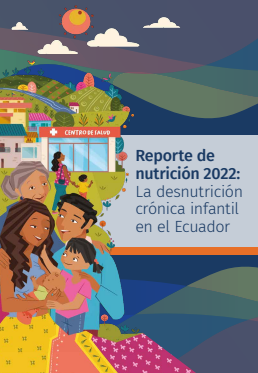
The Report, published by Crisfe Foundation, seeks to achieve three main objectives: to investigate and document in depth the existing scientific knowledge to better understand and explain the problem of INN in Ecuador from the main governmental and non-governmental actors. Secondly, it seeks to promote a systematic and interdisciplinary dialogue between academics, civil society actors, government officials and cooperation agencies, to identify the implications and consequences of this knowledge in the formation of public policies on ICD. Thirdly, it is proposed to disseminate, socialize and improve

Public policy recommendations on stunting: What is currently being done at the state level and challenges?
Analysis and evaluation of public policies arise from the need to improve and guarantee the well-being of the population.
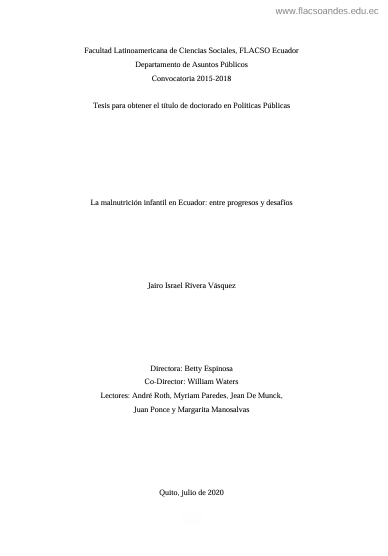
The doctoral research conducted by Jairo Rivera aims to contribute to the literature in two main aspects. First, the construction of a scheme of analysis of child malnutrition, based on pragmatism. Second, the application of the analysis approach in complex realities, being Ecuador, at a general level, and in Chimborazo and Santa Elena, at a specific level.

This strategy promotes intercultural approaches to health and promotes actions to address the social determinants of health, with the participation of the groups involved and incorporating a gender perspective, in order to operationalize the five priority strategic lines of action of the Ethnicity and Health Policy, namely: 1) the production of evidence; 2) the promotion of political action; 3) social participation and strategic alliances; 4) the recognition of ancestral knowledge and traditional and complementary medicine; and 5) capacity building at all levels.
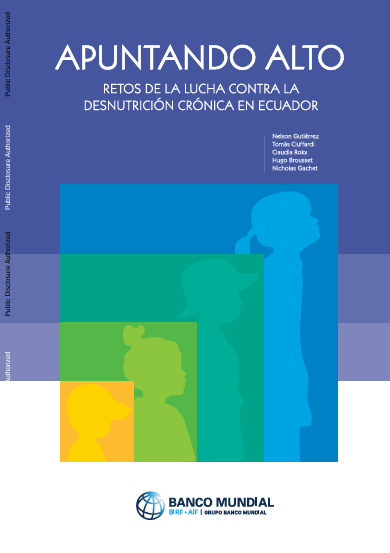
Apuntando Alto (World Bank) summarizes why Ecuador managed to strongly reduce chronic child malnutrition, despite social advances: between 2004 and 2014, the ICD only decreased by about 5 percentage points, with greater impact on indigenous peoples and in the Sierra and Amazon regions. The report identifies structural causes (poverty, deficient water and sanitation, gaps in timely counseling and vaccination) and policy failures (weak intersectoral and local coordination, insufficient monitoring, spending poorly aligned to the territory, lack of incentives for results). It proposes an evidence-based pathway: prioritizing the first 1,000 days, strengthening systems
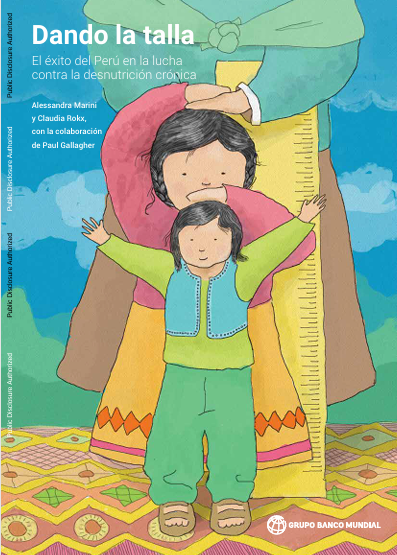
In less than ten years, Peru has managed to drastically reduce - from 28% in 2008 to 13% in 2016 - its high rate of stunting among children under 5 years of age. The fight against chronic malnutrition, and now anemia, has become a national cause, with lasting policy decisions being taken on the issue. This publication, prepared by the World Bank, provides insight into the reasons for Peru's success in reducing malnutrition.

WHO guideline: use of multi-micronutrient powders for point-of-use fortification of foods consumed by infants and young children aged 6-23 months and children aged 2-12 years
The purpose of these guidelines is to assist Member States and their partners in their efforts to make evidence-based decisions on appropriate nutrition actions to improve the nutritional status of infants and children aged 6 months to 12 years. It will also support their efforts to achieve the Sustainable Development Goals, the global targets set out in the Comprehensive Implementation Plan on Maternal, Infant and Young Child Nutrition and the Global Strategy for Women's, Children's and Young Children's Health.